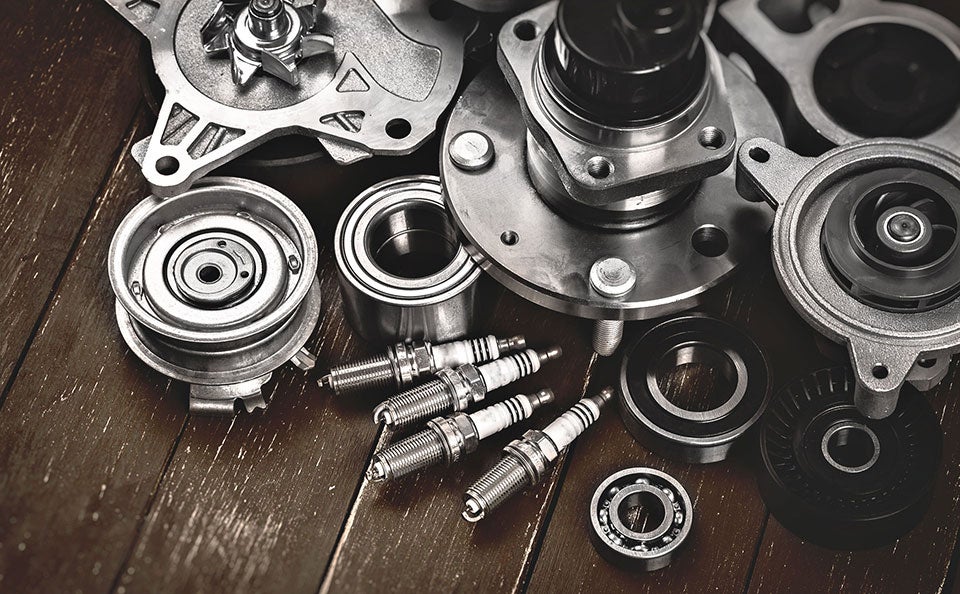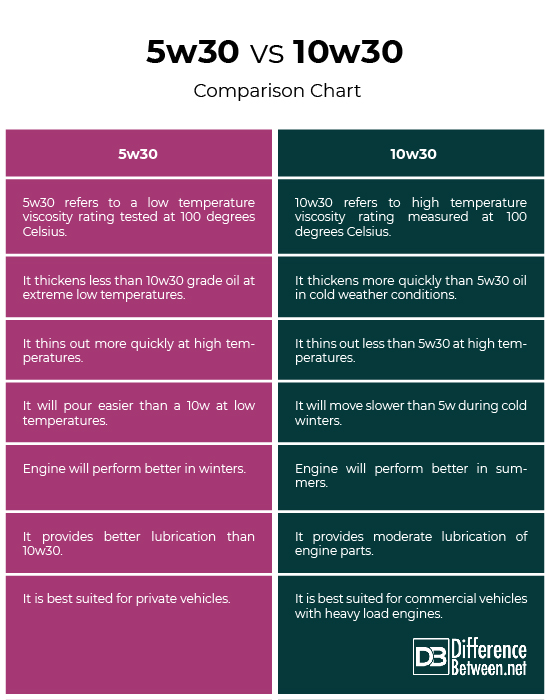During a transmission change, the old fluid is drained and replaced with new transmission fluid. The process ensures proper lubrication and performance.
When it comes to maintaining your vehicle’s transmission, a transmission change is a crucial aspect of regular upkeep. The process involves removing the old transmission fluid, inspecting the drain plug, and refilling the system with the correct type of fluid.
By replacing the fluid, you help to ensure smooth gear shifts, prevent overheating, and extend the lifespan of your transmission. Regular transmission changes can help prevent costly repairs and keep your vehicle running smoothly. Let’s delve deeper into what happens during a transmission change and why it is essential for your vehicle’s overall health.
Introduction To Transmission Maintenance
Transmission fluid plays a vital role in the smooth functioning of your vehicle’s transmission system. It acts as a lubricant, ensuring that all the moving parts inside the transmission are properly protected and can operate without friction. Additionally, transmission fluid helps to dissipate heat, preventing the transmission from overheating.
When it comes to transmission maintenance, it’s important to understand the difference between a transmission change and a transmission overhaul.
- Transmission Change: A transmission change involves draining the old transmission fluid and replacing it with fresh fluid. This process helps to remove any contaminants or debris that may have accumulated in the fluid over time. It is a routine maintenance task that helps to prolong the life of your transmission.
- Transmission Overhaul: On the other hand, a transmission overhaul is a more extensive procedure. It involves disassembling the entire transmission, inspecting and replacing worn-out or damaged components, and reassembling the transmission. A transmission overhaul is typically performed when there are significant issues with the transmission, such as slipping gears or excessive wear.
During a transmission fluid change, the following steps are typically performed:
- Draining the old transmission fluid
- Inspecting the drain plug for any damage
- Refilling the transmission with the appropriate type of fluid
It is important to note that the duration of a transmission change can vary depending on the specific vehicle and any additional complications that may arise. On average, you can expect the process to take one to two days. However, more complex cases may require additional time.
By regularly maintaining your vehicle’s transmission through fluid changes and other necessary procedures, you can help prevent costly repairs and ensure the longevity of your transmission.

Credit: www.darcarsusedcarcenter.com
Signs Your Transmission Needs Attention
Dark Or Dirty Transmission Fluid
If you notice dark or dirty transmission fluid, it’s a sign that your transmission needs attention. The fluid should be a translucent red color, so any deviation from this indicates a potential issue.
Unusual Noises During Gear Changes
Unusual noises during gear changes, such as whining, clunking, or humming, can signal transmission problems. These noises may indicate worn gears, low fluid levels, or other issues that require immediate attention.
The Process Of Changing Transmission Fluid
During a transmission fluid change, the old fluid is drained, and the drain plug is checked before refilling the vehicle with the correct transmission fluid. This process helps maintain the transmission’s performance and longevity. Regular transmission changes can prevent potential issues and ensure smooth operation of the vehicle’s transmission system.
The process of changing transmission fluid involves several steps to ensure that your vehicle’s transmission is working correctly and efficiently. Here, we will discuss the steps involved in changing the transmission fluid, including draining the old fluid, inspecting the drain plug and pan, and refilling with the correct fluid.Draining The Old Fluid
The first step in changing the transmission fluid is to drain the old fluid from the transmission. This is typically done by removing the drain plug from the transmission pan and allowing the fluid to drain into a collection container. In some cases, the transmission may need to be flushed to remove any remaining old fluid.Inspecting The Drain Plug And Pan
After the old fluid has been drained, the drain plug and pan should be inspected for signs of wear or damage. The drain plug should be checked for any signs of wear or damage, and the pan should be inspected for any cracks or leaks. If any issues are found, they should be addressed before the new fluid is added.Refilling With The Correct Fluid
Once the old fluid has been drained and the drain plug and pan have been inspected, the transmission can be refilled with the correct type and amount of transmission fluid. It is important to use the correct type of fluid for your specific vehicle to ensure proper transmission function. In conclusion, changing the transmission fluid involves several crucial steps, including draining the old fluid, inspecting the drain plug and pan, and refilling with the correct fluid. By following these steps, you can ensure that your vehicle’s transmission is working correctly and efficiently.
Credit: www.fredychevy.com
Choosing The Right Transmission Fluid
During a transmission change, old fluid is drained, ensuring the plug is secure before refilling with the correct fluid type. This process helps maintain transmission health and performance. Regular changes prevent damage and ensure smooth operation of the transmission system.
Understanding Fluid Types
Choosing the right transmission fluid is crucial for optimal performance. There are different types of transmission fluids available in the market. Each type of fluid is designed for specific transmission systems.How To Read A Transmission Fluid Bottle
Reading a transmission fluid bottle correctly is essential. Look for the viscosity rating on the bottle. Check the specifications to ensure compatibility with your vehicle’s transmission.The Mechanics Of A Transmission Flush
When it comes to maintaining your vehicle’s transmission, a transmission flush is a crucial procedure that helps to keep the transmission in optimal condition. During a transmission flush, the old transmission fluid is removed, and the system is cleaned and replenished with new fluid. Let’s delve into the mechanics of a transmission flush and explore when it’s advisable to opt for this procedure.
When To Opt For A Flush
It’s recommended to opt for a transmission flush if you notice signs of dirty or contaminated transmission fluid, such as a burnt smell, discolored fluid, or rough shifting. Additionally, if your vehicle has high mileage and you haven’t performed regular transmission maintenance, a flush can help to remove harmful deposits and extend the lifespan of the transmission.
Risks Of A Transmission Flush
While a transmission flush offers benefits, there are potential risks to consider. Performing a flush on a transmission with pre-existing issues or using incorrect flushing equipment can dislodge debris and cause damage. It’s essential to consult with a qualified technician to determine if a flush is suitable for your vehicle and to ensure the procedure is performed correctly.
Transmission Replacement Explained
During a transmission change, the old transmission is removed and replaced with a new one. The process involves draining the old fluid, checking the drain plug, and refilling with the correct type of transmission fluid. The duration of the process varies depending on the complexity of the replacement, taking anywhere from one to four days.
Transmission Replacement Explained When it comes to your vehicle’s transmission, there may come a time when a simple repair or fluid change is not enough. In some cases, a transmission replacement may be necessary. This involves removing the entire transmission from your vehicle and replacing it with a new or rebuilt one. Here’s what you can expect during the process. When Replacement is Necessary A transmission replacement is typically necessary when the current transmission has suffered significant damage that cannot be repaired. This could be due to wear and tear over time, a major mechanical failure, or even an accident. Signs that a replacement may be necessary include slipping gears, difficulty shifting, or strange noises coming from the transmission. What to Expect During Replacement The first step in a transmission replacement is to remove the old transmission from your vehicle. This involves disconnecting all the necessary components and lifting the transmission out of the vehicle. The new or rebuilt transmission is then installed and connected to all the necessary components, such as the driveshaft and axles. Once the new transmission is in place, the mechanic will refill it with the correct type and amount of transmission fluid. They will also perform any necessary tests to ensure that the transmission is working properly. Overall, a transmission replacement can take anywhere from one to three days, depending on the complexity of the job and the availability of parts. While it may be a costly and time-consuming process, it is often necessary to keep your vehicle running smoothly and safely on the road. In conclusion, if you notice any signs of transmission trouble, such as slipping gears or difficulty shifting, it’s important to have your vehicle inspected by a qualified mechanic. In some cases, a simple repair or fluid change may be enough to solve the problem. However, if a replacement is necessary, you can expect a thorough and professional job from a trusted mechanic.Routine Transmission Service
During a routine transmission service, the old transmission fluid is drained and replaced with the correct type. The drain plug is checked before refilling the transmission with new fluid. This maintenance helps to ensure smooth operation and prolong the life of the transmission.
What’s Included In A Service?
A routine transmission service involves inspecting the transmission to ensure it is functioning properly.
Inspecting The Transmission
- Check for any leaks or damage
- Inspect the transmission fluid level and quality
- Examine the transmission pan for debris
- Test drive the vehicle to assess performance
During routine transmission service, the technician will check for leaks or damage and inspect the fluid level and quality. They will also examine the transmission pan for any debris and test drive the vehicle to assess its performance.

Credit: www.randymarionjeepram.com
Aftercare And Maintenance Post-change
After a transmission change, proper aftercare and maintenance are crucial for the longevity and optimal performance of your vehicle’s transmission. Here are the essential steps to ensure the durability of your new transmission:
Checking Fluid Levels
Regularly checking the transmission fluid levels is vital to prevent any potential damage. Low fluid levels can lead to overheating and premature wear of the transmission components. Ensure that the fluid is at the correct level and of the right quality to maintain smooth operation.
Scheduled Maintenance For Longevity
Scheduling regular maintenance appointments is essential to keep the transmission in top condition. This includes periodic fluid changes, filter replacements, and thorough inspections by a qualified technician. Adhering to the manufacturer’s recommended maintenance schedule can significantly extend the lifespan of your transmission.
Conclusion
A transmission change involves the complete removal and replacement of the transmission in a vehicle. During a transmission fluid change, the old fluid is drained and replaced with new fluid, ensuring the drain plug is in good condition. Routine transmission service involves fluid and filter replacement, as well as a thorough inspection of various components.
The duration of a transmission change can vary depending on the vehicle, with an average turnaround time of one to two days. A complete transmission service is a comprehensive form of preventative maintenance that includes fluid and filter replacement, as well as a thorough inspection of the transmission components.


